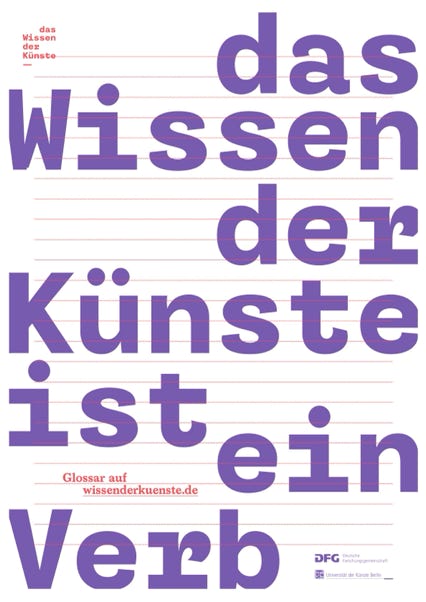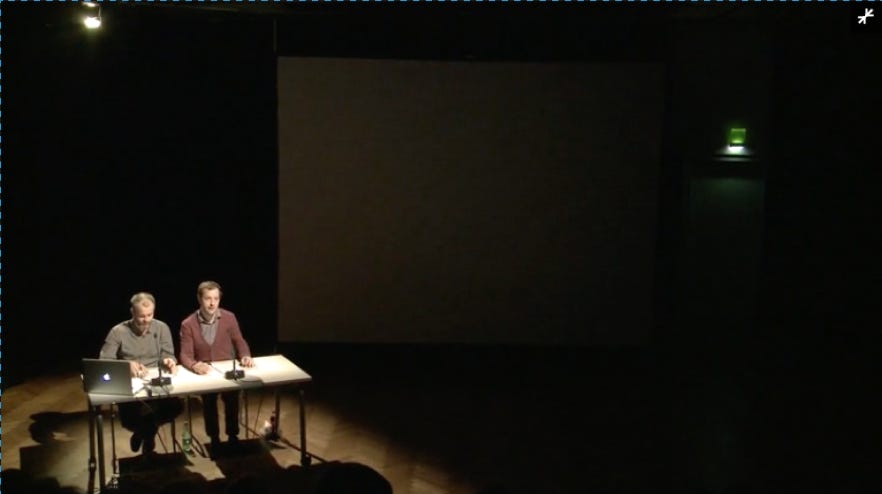Maximilian Haas , Sandra Umathum
Förderung von Nachhaltigkeit
Systemische Potentiale der Kunstförderung
„Transformationen der Theaterlandschaft“
Symposium, Akademie der Künste Berlin
02.11.21
Maximilian Haas , Sandra Umathum
Embracing Sustainablility
Ideen, Initiativen, Konflikte in Produktion und Förderung
Bundesforum der Freien Darstellenden Künste
Radialsystem Berlin
16.09.21
Maximilian Haas
Realisieren
wissenderkuenste.de
Ausgabe #10
Mai 2021

Wirklichkeit ist nicht gegeben, sie muss realisiert werden. In den Künsten kann sich diese Realisierung auf die geführten Prozesse der Aisthesis und Poiesis stützen. Sie konstruieren Wahrnehmungsereignisse, die Realien auf besondere Weise verwirklichen. Einigen Facetten dieser Besonderheit soll anhand von performativen Auseinandersetzungen mit anthropogenen Umweltkrisen nachgegangen werden.
Vortrag im Rahmen der Podcast-Reihe Das Wissen der Künste ist ein Verb.
Maximilian Haas & David Weber-Krebs
Speculating about Donkeys
Tanzquartier Vienna
28.03.2014
The lecture explores the relationship between contingency and speculation in artistic work with animals, a field in which choreographer David Weber- Krebs and dramaturge Maximilian Haas have been active since 2011 with their performance series Balthazar. Balthazar is an artistic-scientific project that explores our cultural relationship with animals through the means of theater. It confronts an animal - the living donkey Balthazar - and a group of human performers on stage. Insofar as an animal performer on stage behaves in a fundamentally different way from what is expected of him, the production and reception of such performances requires a high degree of speculation on the reactions, intentions, and states of consciousness of an unequal and unpredictable partner.
Maximilian Haas
Animal Agency
Gerrit Rietveld Academie
De Brakke Grond, Amsterdam
20.03.2015
Higher animals resemble humans in so many ways that philosophy and art have always felt obliged to determine the differences. Western modernity even considers man and animal to be opposites. It is only the human being who possesses language systems, consciousness and social manners, characteristics distinguishing us from the animal. Whether as the zoon politikon, the animal rationale, or – in essentially modern terms – the body-machine that thinks, there is unquestionably one thing man is not: an animal amongst animals. Man has an exceptional position among other worldly lifeforms, which is marked by the distinction between intention and instinct.
Reality is divided into two worlds: we inhabit one world, they inhabit the other. Ours is called culture and is created by free subjects, while theirs is called nature and contains living objects which, however, are without any cognition or will. Empirical encounters with animals, especially in the reinforcing frame of (contemporary) art and theatre, draw a very different picture: Usually the works do not simply show an animal, but always this one animal. Lending their motifs both face and figure, an individual aura, they invite the beholder to speculate about the subject’s biography, character, emotions and passions. In short: they lend the animal subjectivity and highlight its (non-human) agency.
